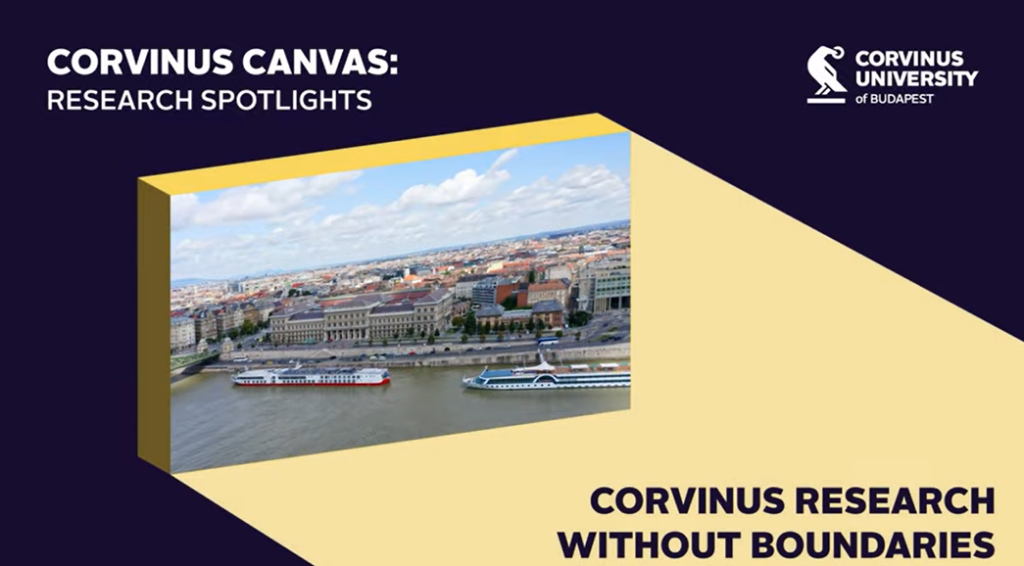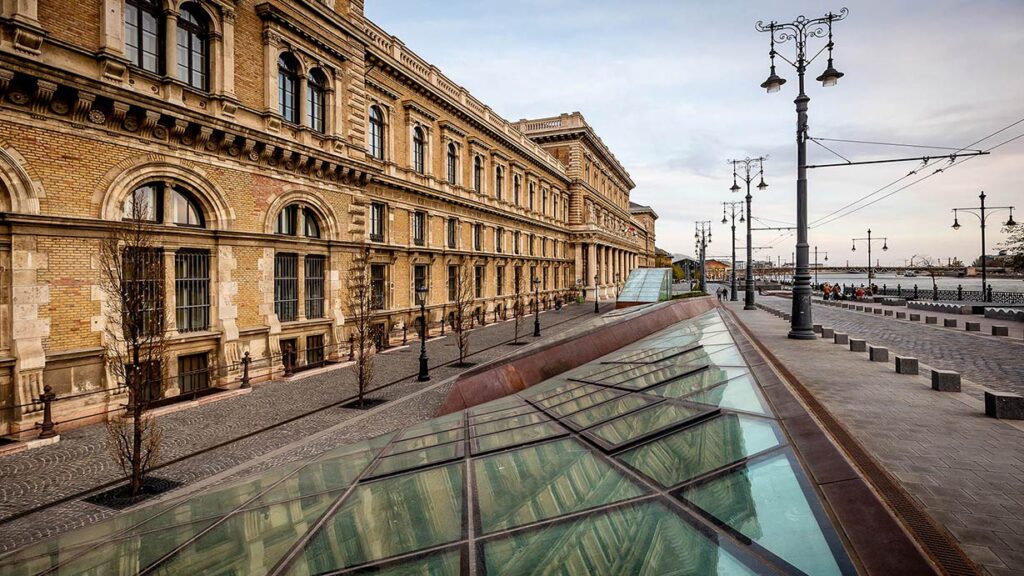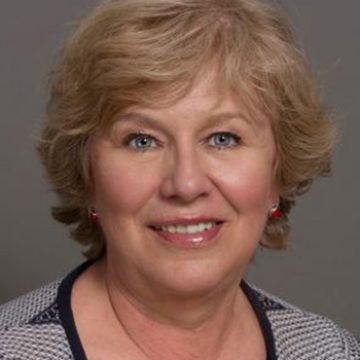Visual Culture Research Group
OUR RESEARCH FOCUS
The research group primarily examines how we use visual language in traditional and digital media. We also examine how children, teenagers and adults use visual language. We have developed new teaching methods in the areas of children’s visual language, scientific visualization ability, media competence and the development of image reception. We also collaborate with international partners to look at the content and genres of the visual language of youth subcultures, as well as the methods of supporting young people with social disadvantages and learning difficulties. The development of the most important skill groups in the world of work, the ability group of spatial creation/perception between the ages of 6-18 is crucial for our researchers. The next step is to develop and assess the impact of programmes designed to help boys and girls develop their visual skills in different ways.
AMASS – Acting on the Margins: Arts as Social Sculpture 2020-2023 project
The objective of the research is to develop, test, evaluate and publish capacity-building programmes for young people and the elderly living with social and health disadvantages in collaboration with 10 higher education and research institutions from 7 countries. Project on Corvinus: communication and media training for Roma girls: the Roma Cultural Influencer Project; in the National Gallery and the Ludwig Museum: teaching literature and history supported by cultural experiences to young people with learning disabilities and/or ADHD symptoms, using art communication tools. The GYIK Workshop provides environmental culture training for art teachers at cumulatively disadvantaged schools, as well as developing school development programmes. The research methods employed include participatory action research, case study, experimental and control group school development experiments.
The following skills were developed: visual competence (based on the Common European Framework of Visual Literacy), verbal and visual communication, and design thinking skill cluster.
Socioeconomic and Cultural Transformations in the Context of the Fourth Industrial Revolution implemented in the framework of the European Union’s HORIZON-2020 programme, is related to the funding theme and aims to develop the skills of young people living with social disadvantages through the arts. The project website contains articles, books and videos that can be downloaded: https://amassproject.weebly.com/
The five Hungarian AMASS research projects were focusing on:
1) Roma Cultural Influencer Training, BCE: Evaluation of media pedagogical innovation with action research and case studies.
2) Development of young people with learning and social disabilities using scientific visualisation methods: school experiment with an ascending system, with pre- and post-measurement (creativity, social outlook, learning motivation) in Jászberény.
3-4.) Development of young people with learning and social disabilities using museum education methods, Hungarian National Gallery and Ludwig Museum: development accompanied by teacher training in an informal learning environment.
5) Preparation of teachers for the development of spatial skills in groups of socially disadvantaged students, National Association of Hungarian Drawing Teachers and GYIK Workshop (Children and Youth Fine Arts Workshop).
MEMBERS
Head of Research Center
Kuttner Ádám
Esküdt Judit
Szőke Katalin
Csáji László Koppány, PhD
Szepesi Judit
Biró Ildikó, PhD
Klima Gábor
Simon Tünde, PhD
PUBLICATION HIGHLIGHTS
Kárpáti, A. (2024). Arts-Based Interventions and Social Change in Europe (p. 254).
Taylor & Francis. (book)
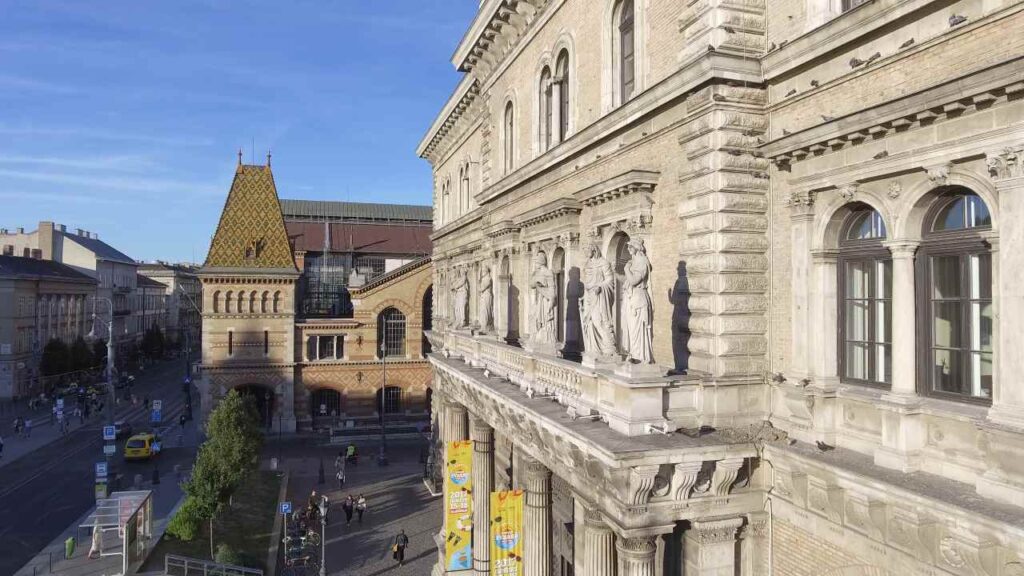
Journal of Visual Literacy, 41(3–4), 224–246.
Journal of Visual Literacy, 41(3–4), 171–177.
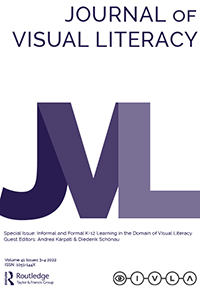
IMPACT
We have participated at multiple Art conference in 2024, and established co-operations with international partners in the cultural sector
Previous partnerships
- Charles University, Faculty of Education (Czech Republic)
- University of Boras (Sweden)
- University of Lappland, Faculty of Art and Design (Finland)
- University of Leeds, Faculty of Art and Design (UK)
- University of Malta, Faculty of Arts
- Kyushu University, Faculty of Design (Japan)
- University of Lapland, Faculty of Design (Finnland)
- PACO Design Collaborative (Italy)
- International Visual Literacy Association (IVLA)
- International Society for Education through Art (InSEA)
- Szegedi Tudományegyetem, Neveléstudományi Intézet, MTA Képességkutató Csoport
- Ludwig Múzeum Budapest
- Szépművészeti Múzeum és Magyar Nemzeti Galéria
- Magyar Művészeti Akadémia
- Magyar Tudományos Akadémia
- Magyar Rajztanárok Országos Egyesülete
